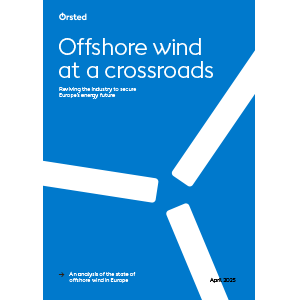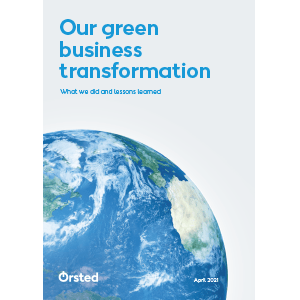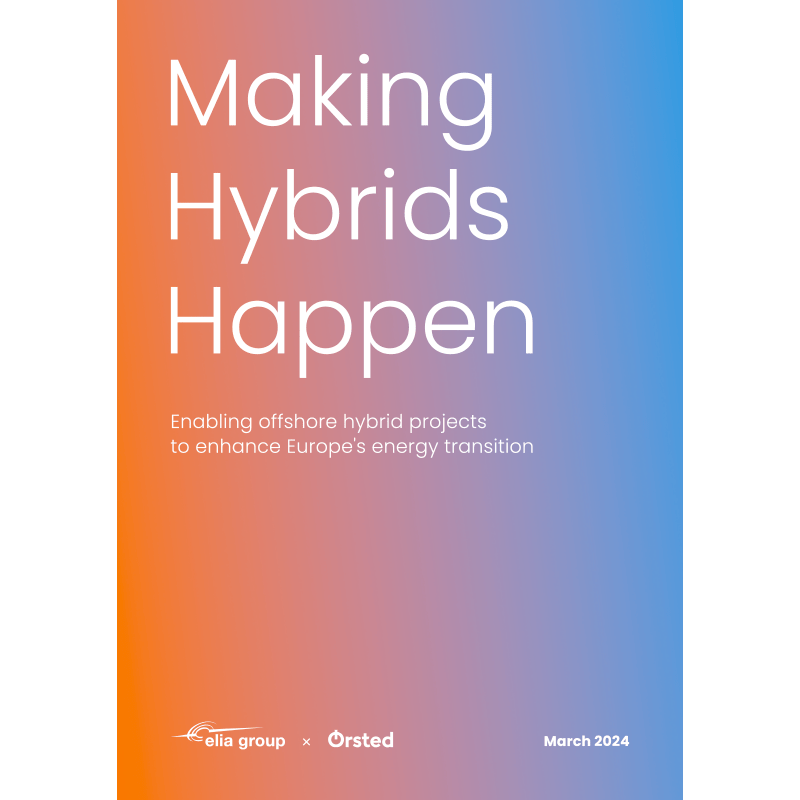The global transition to renewable energy is necessary – and complex. These experts help navigate the way.
 |
Offshore wind at a crossroadsEurope’s future competitiveness and security depend on an affordable, secure, clean energy system – with offshore wind as the cornerstone. This report outlines forward-thinking policies and industry commitments that could unlock its potential to provide the continent with affordable, secure, clean energy, generating jobs and enhancing energy independence.
|
 |
Uniting action on climate and biodiversityThere is a new and necessary north star for renewable energy: to be a force for good on both climate and biodiversity. Ørsted is doing our part to deliver on this through our net-positive biodiversity ambition. Only if others act with us can we together deliver what is needed for people and planet. This paper sets out in clear terms why it is essential we consider biodiversity in the build-out of renewable energy, and what steps we believe are needed to ensure we get this right. |
 |
Our Green Business TransformationØrsted, now the world’s most sustainable energy company, used to be one of Europe’s most fossil fuel intensive. Since we decided to transform to a green business, financial performance has significantly improved, whilst to 2020 we have reduced our carbon emissions by 86%. Our transition has been quicker than many, and even ourselves, thought possible. This paper first describes our transformation and then offers our suggested learnings about how to execute such a green business transformation, so that our journey may inspire yours. |



